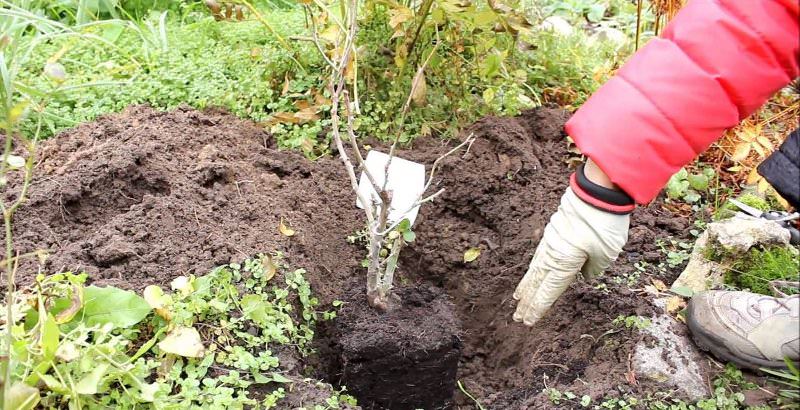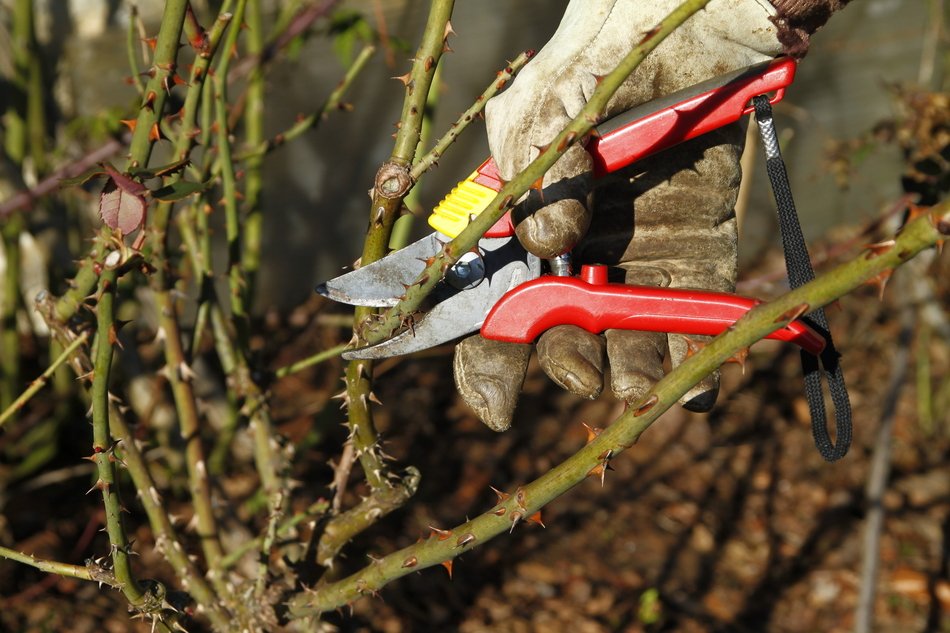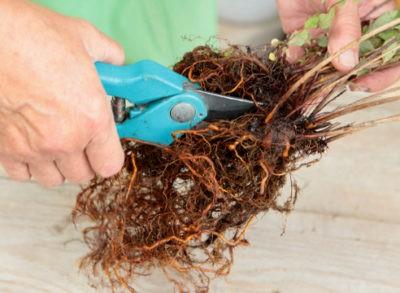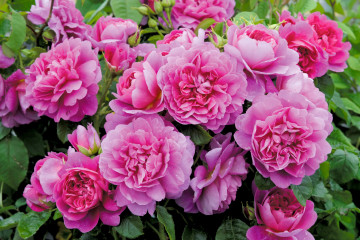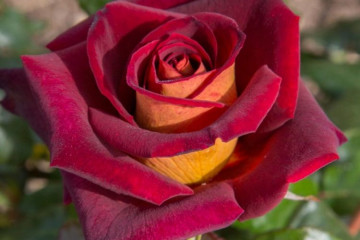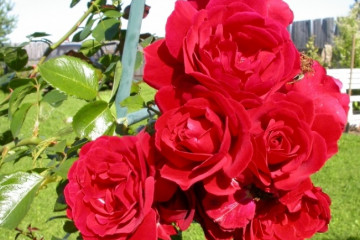Rose Aqua
Content:
Sophistication, elegance and beauty are the embodiment of the Aqua rose. Its colors have the richest range of shades.
History of creation
Through the efforts of many breeders of the Schreurs company (Petrus Nicolaas Johannes) in the Netherlands, a new kind of rose was obtained, ideal for bouquets. They crossed remontant and tea roses. The resulting hybrid does not have thorns, which means it does not hurt the delicate hands of those to whom these bouquets are intended. The name of the flower is patented and is its trademark - Aqua! ®. The culture quickly spread and is popular in all countries of the world. Rosa aqua is a constant participant in flower exhibitions, receiving well-deserved awards for its beauty, originality and tenderness.
Description of hybrid rose Aqua
Artificially bred rose hybrid tea Aqua is a perennial plant. It grows in the form of a bush, the height of which does not exceed 80 centimeters. The bush consists of long green stems, without thorns. The stems are crowned with luxurious large buds of a classic tea rose shape with a tall glass. The diameter of the flower is from 9 to 12 cm. Up to 40 dense petals can be counted in the bud.
The main asset of the decorative rose is its color. It changes from pink to lilac. Moreover, the color of this amazing rose is unique even on neighboring bushes located in the same garden. It depends on the soil on which the bush grows, sun illumination, thermal regime and air humidity. The brightest colors are given by the Aqua rose bush during the autumn flowering period. During flowering, the rose exudes a subtle pleasant aroma.
Advantages and disadvantages of the variety
The Aqua tea rose variety is known and popular among florists. Since these roses are cut, they are mainly grown for commercial purposes. Fine compositions and bouquets, without fading, can be stored for up to 10 days.
The advantages of this variety of roses include:
- beauty of buds and bright floral scent;
- can be grown both outdoors and in greenhouses;
- the duration of flowering throughout the summer until the first frost;
- immunity to diseases that hybrid varieties suffer;
- has a long flowering period throughout the season, during the growing season 3 waves of flowering.
The beauty of Aqua has two drawbacks:
- reaction to unfavorable conditions, especially severe frosts (its petals fade and lose their decorative effect);
- susceptibility to fungal diseases.
Use in landscape design
Since the flowering of Aqua bushes is pleasing to the eye from the first days of June until the first frost, it is used to decorate garden areas. For example, the bush looks great as a tapeworm on a green lawn or in a flower garden in front of a house. Rose variety Aqua, having a low compact bush, will perfectly decorate the path in the garden. Rose bushes look beautiful in a composition with cereals, perennial flowers and meadow grasses.
Planting a flower
Roses are planted with seedlings and very rarely with seeds.The method of planting by seeds does not give the expected result, since they do not repeat the characteristics of the parent plants, the properties of the variety are not transferred to the young plant.
It is better to purchase ready-made seedlings in a flower shop, where transportation rules are provided. In order not to damage the rhizome, rose seedlings are packed in a bag with a peat mixture. In such a reliable package, the seedling can be stored for up to three months.
Boarding time
Experienced flower growers recommend that beginners are engaged in planting roses of this variety in the fall, before the onset of cold weather. The best months for this are September and October. Organic matter is not introduced into the soil before the autumn planting of seedlings. It is believed that the seedlings planted during this period root well, and in spring they enter the growing season when they are stronger. Some growers recommend planting seedlings in the spring after the snow melts. The flower will also have time to gain strength, entering the growing season.
Choosing a place to plant roses
It is important, before planting rose seedlings, to choose a place in which they will be comfortable. Aqua loves open, sunny spaces with good air exchange. At the same time, the area where the flowers will grow should be protected from the winds from the north by a fence, a house wall, trees or tall vegetation. As flower growers say, in the future this is the key to good flowering of roses.
Preparing the soil and flower for planting
The rose loves neutral (pH 5.8-6.5), loose, fertile soil. If she does not meet this requirement, she needs to be fed. Coarse sand or compost is added to loamy soil. You can not bring in fresh, not rotted manure. It can burn young roots of seedlings. Before planting, the soil is well watered
Step-by-step landing procedure:
- A hole is prepared for the seedling, the size of which should facilitate the free arrangement of the roots in it without bending and damage.
- The distance between the bushes is at least 80 cm, between the rows - 2 meters.
- The seedling is set in the middle of the hole. A layer of earth is poured over the spread roots and rammed so that there are no voids.
- Attention should be paid to the root collar. It should rise 5 cm from the soil surface.
- After completing the planting, the rose needs to be well watered and mulched with grass.
Plant care
The hybrid variety Aqua is distinguished by its endurance and unpretentiousness, but certain rules in caring for the bushes must be followed.
Watering rules and humidity
Watering should be moderate. To determine if a plant needs watering, you need to check the topsoil. If the ground has dried out to a depth of more than 5 cm, the flower needs watering. Watering is carried out directly under the root. The best time for this is in the morning. Overflow and splashing of water on the entire plant should not be allowed, so as not to provoke the occurrence of fungal diseases.
Top dressing and soil quality
Top dressing of the plant in spring ensures recovery and quick appearance of greenery on the bushes. In the summer, nitrogen fertilizers enter the soil with the help of organic matter. Be sure to add phosphorus-potassium and mineral fertilizers for abundant flowering.
Pruning and replanting
Pruning in early spring is carried out in order to properly form the bush. This is done without fail in the first year after planting. The height of the shoots is kept at the level of 15 cm. In the fall, not stiff shoots are cut and the flowering ones are shortened. In subsequent years, sanitary pruning is carried out on the bush, in which frozen branches that do not grow correctly inside the bush are removed.
Features of wintering a flower
The Aqua bush hibernates for cover. Before the very frosts, the cut bushes take cover. The root collar needs to be dug in with earth, the bush itself is wrapped in non-woven material.
A period of activity and rest
The rose blooms for a long time, from June to the first frost. Next comes the dormant period of the plant. During and after flowering, the plant needs watering, loosening the soil near the bushes and feeding.
Possible causes, if not blooming
Possible reasons for a plant's refusal to bloom include both a lack and an excess of nutrients. Especially the excess of nitrogen fertilizers, which mainly provide an increase in green mass. It is necessary to apply phosphorus-potassium fertilizers to book the buds.
Other possible reasons may be: improper pruning, lack of light, diseases and pests, as well as the appearance of wild growth. That is, it is necessary to eliminate the above reasons, and the rose will thank the flower growers with its beautiful fragrant flowers.
Diseases, pests, methods of control
Acqua bushes are more likely to infect fungal diseases than gray rot, powdery mildew or rust. According to flower growers, the appearance of these diseases is not excluded with improper care of rose bushes. Pests include: aphids, leaf rollers, spider mites.
Experienced florists recommend at the beginning of the growing season and once a month in the summer to carry out preventive spraying with drugs against pests and fungal diseases. These preparations are fungicidal.
Flower propagation
You can propagate a rose by dividing the bush, by cuttings and layering. Breeding activities for rose bushes are carried out in early spring after the snow has melted and the ground has completely thawed.
A bush of the mother plant is dug up, and either the peripheral part is separated from it, or it is divided into two. Roots and one shoot should remain in each part. 3-4 buds are left on this shoot, the rest of it is cut off. The roots are moistened with a clay mash. Prepared bushes are planted in the soil, watered and huddled.
The queen of flowers - rose Aqua, will always delight its owners with the beauty of flowers, and aroma, and long flowering. All this she will give, subject to the simple rules of caring for her.



